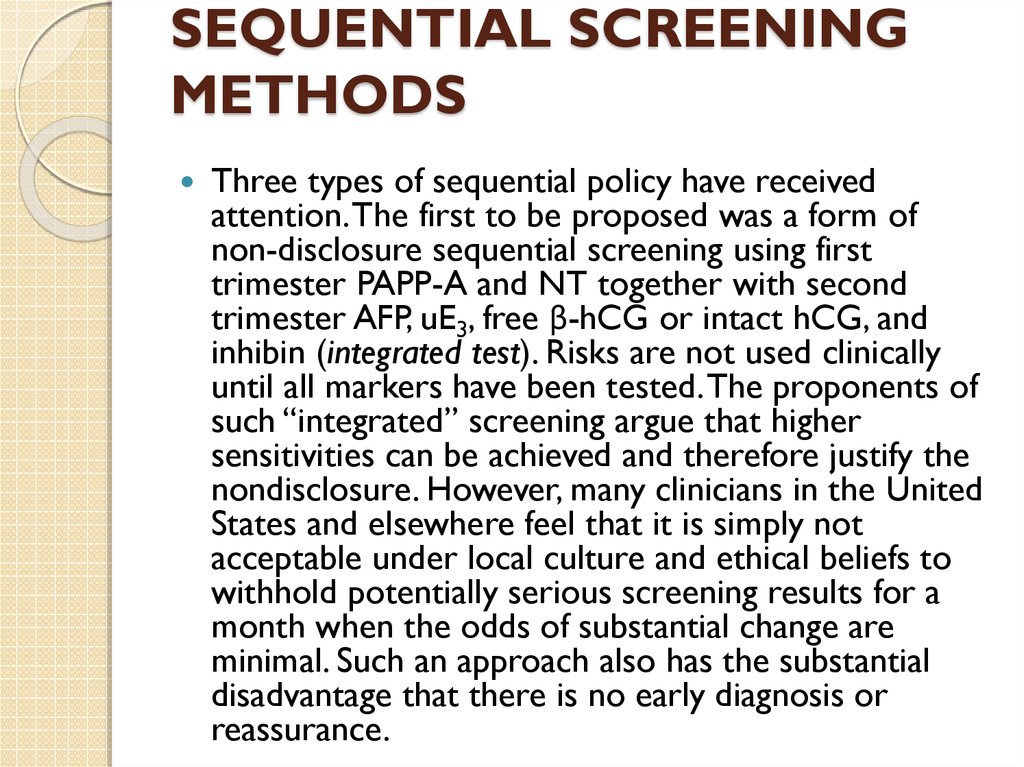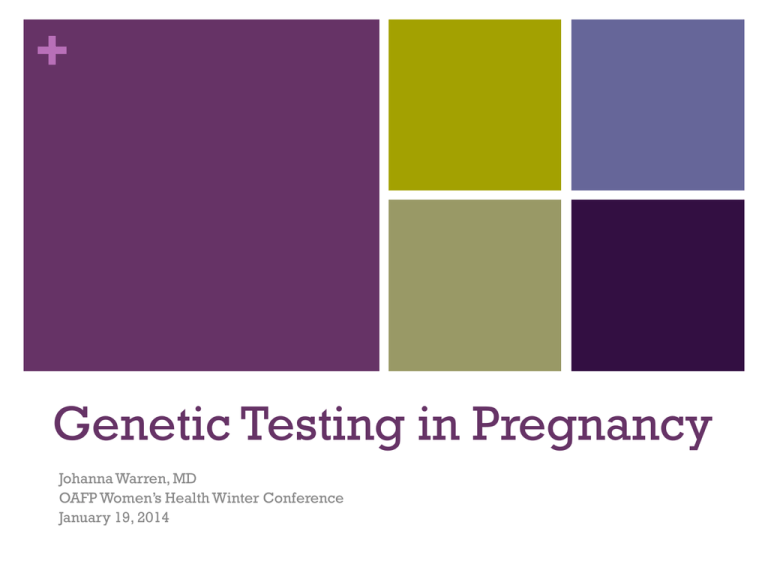

Nuchal translucency cannot be adequately assessed if there is: a value of less than 2.2-2.8 mm in thickness is not associated with increased risk, however, it is maternal age-dependent and needs to be matched to exact gestational age and crown-rump length (CRL).the thickness rather than the appearance (morphology) is considered to be directly related to the incidence of chromosomal and other anomalies.the lucent region is generally not septated.values obtained when the CRL is between 45 and 84 mm (11 weeks 3 days to 13 weeks 6 days) may be used for combined first-trimester screening.the widest part of the translucency should be measured.the calipers are put inside the hyperechoic edges.only the lucency is measured (again differing from nuchal thickness).the "+" calipers should be used for measurement.amniotic fluid should be seen between its back and the uterus this is to not mistakenly measure the distance to the amniotic membrane or uterine wall

#Sequential screening liquid behind neck free#
the fetus should be floating free of the uterine wall i.e.the fetal head should not be extended or flexed.magnification so that only the fetal head and upper thorax are included in the image: enabling 1 mm changes in measurement possible.the fetus must be in the midsagittal imaging plane (the vertebral column should be facing the bottom of the screen) the following structures must be seen to confirm the correct mid-sagittal position:.Use of the correct technique is essential: Nuchal lucency is measured on a sagittal image through the fetal neck. intrauterine infections: Parvovirus B19 is the only specific pathogen with direct relation to increased NT due to the effect of fetal anemia and fetal myocardial infarction.miscarriage or fetal demise: the risk is directly proportionate to increased nuchal translucency thickness and ranges from 1.6% with NT between 95-99th percentile to 20% with NT >6.5 mm 11.Noonan syndrome: the only genetic molecular condition with a clear association with increased nuchal translucency.congenital heart disease: risk varies from 2% at the 95th percentile to 5% at the 99th percentile (3.5 mm), with septal defects the commonest abnormality 10.non-aneuploidy structural defects and syndromes.Thickening of the nuchal translucency can be associated with a number of anomalies, including: Measurement of the nuchal translucency requires specific and standardized assessment and careful attention to technique. Increased nuchal translucency is thought to be related to dilated lymphatic channels and is considered a nonspecific sign of more generalized fetal abnormality.


 0 kommentar(er)
0 kommentar(er)
